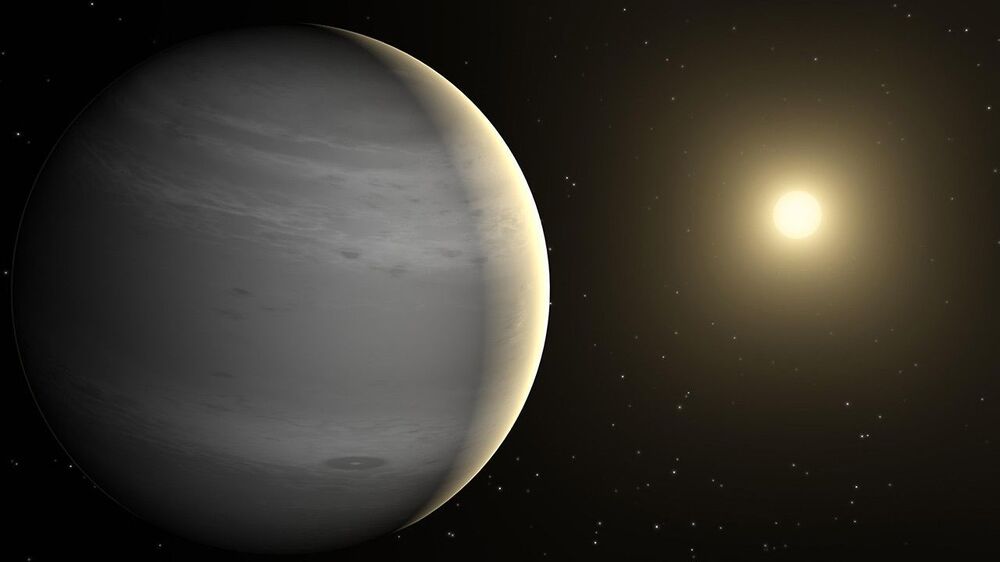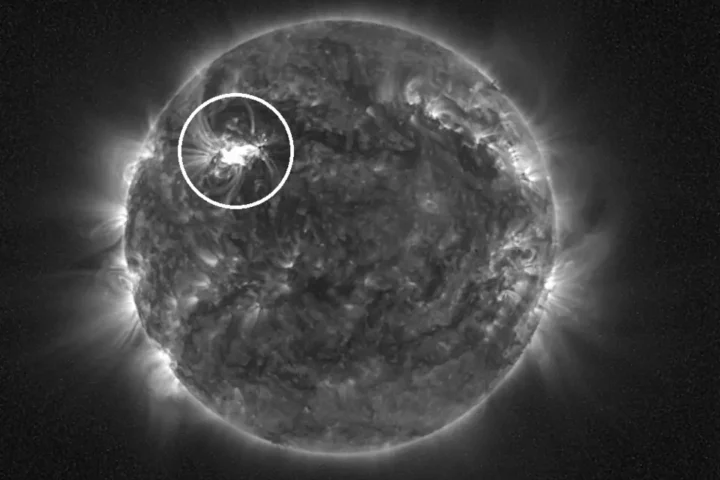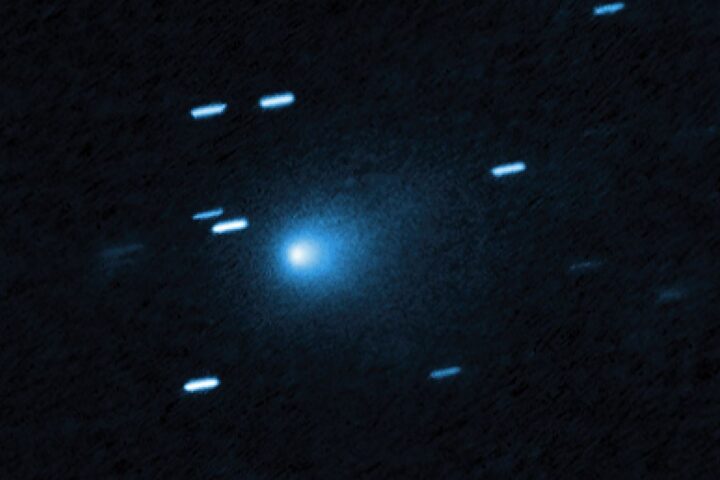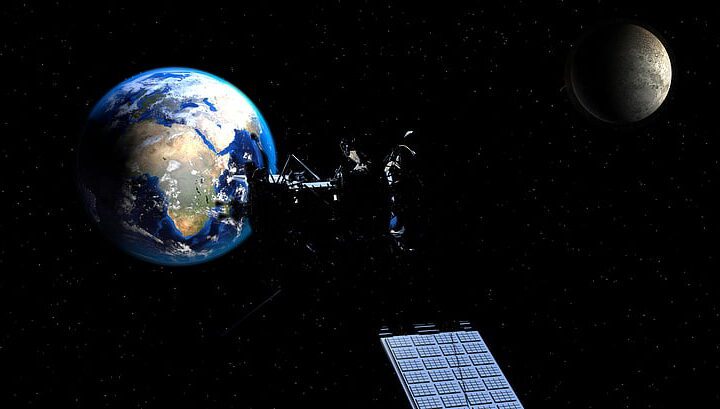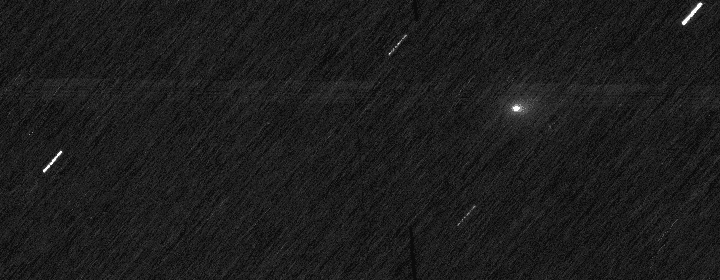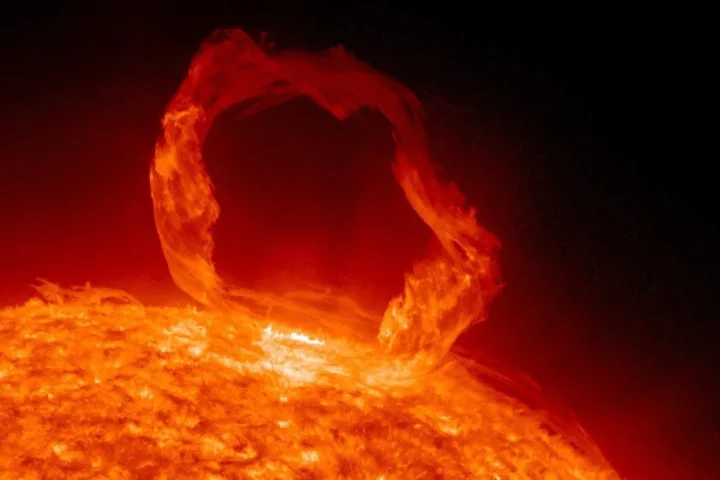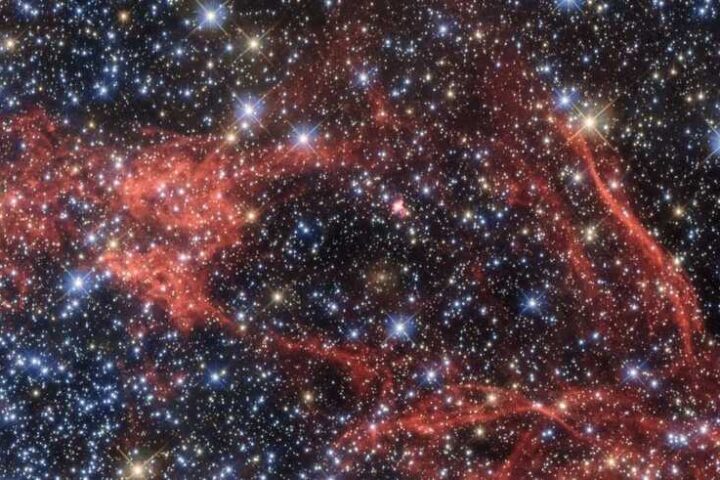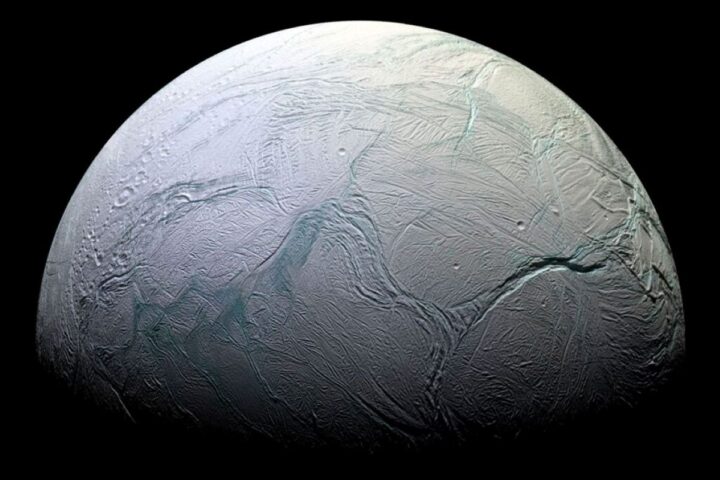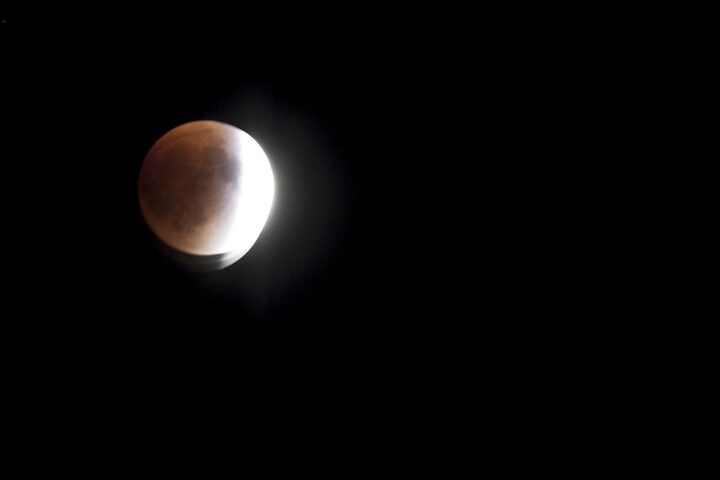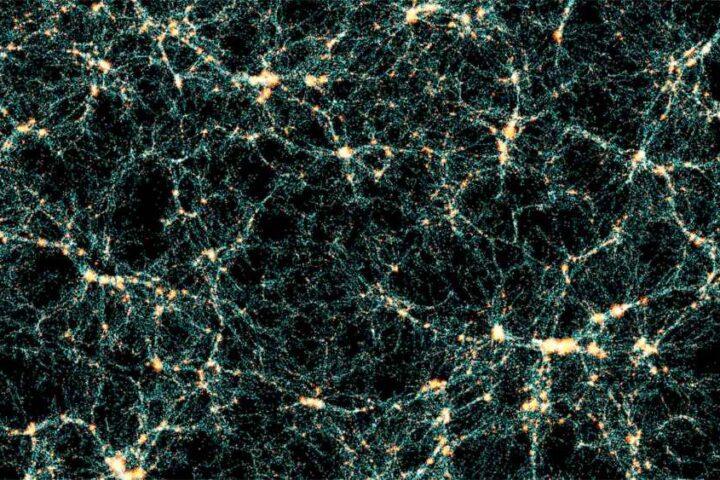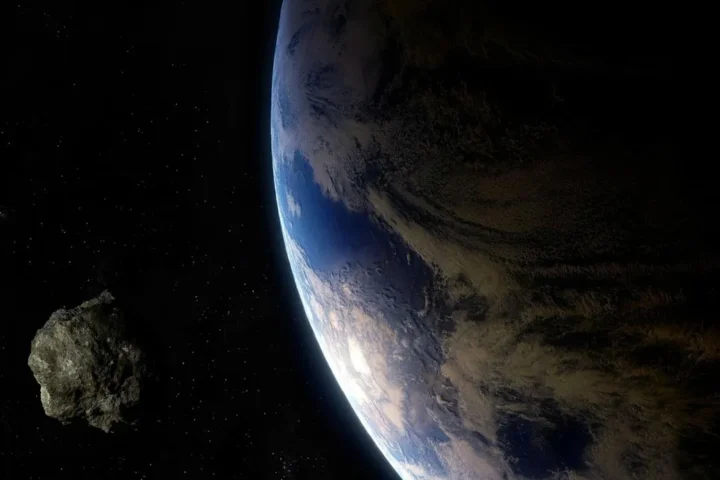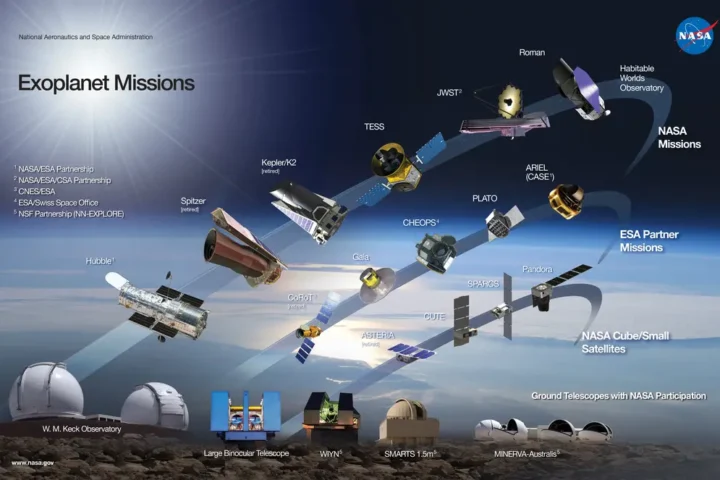Scientists have found a planet that breaks all the rules they know about how planets should work. This new planet, WASP-193b, is bigger than Jupiter but as light as cotton candy.
The planet is like a giant, puffy ball in space – it takes up lots of space but has very little mass compared to other planets its size. Scientists found it’s 50% bigger than Jupiter but only has about 14% of Jupiter’s mass.
“Finding giant planets with such incredibly low density is extremely rare,” says Khalid Barkaoui, who leads the research team at MIT. He explains that WASP-193b belongs to a special group called “puffy Jupiters” that scientists have been trying to understand for 15 years.
Just how light is this planet? Its density is 0.059 grams per cubic centimeter – about the same as cotton candy. For comparison, Earth has a density of 5.51 grams per cubic centimeter, and Jupiter’s is 1.33.
Francisco Pozuelos, a scientist studying the planet, puts it simply: “This is a planetary puzzle – it simply shouldn’t exist.” The planet doesn’t fit any of the current theories about how planets form.
Similar Posts
The planet is made mostly of hydrogen and helium, the same gases found in Jupiter. But WASP-193b’s gases spread out much farther into space than Jupiter’s, stretching tens of thousands of kilometers beyond Jupiter’s dimensions.
Scientists are using a technique developed by Julien de Wit to study the planet’s atmosphere. They want to measure its temperature and find out exactly what gases it contains. This might help explain why it’s so unusually light.
WASP-193b is the second lightest planet ever found among more than 5,400 planets discovered outside our solar system. Only one other planet, called Kepler-51d, is lighter.
Scientists from MIT, the University of Liège in Belgium, and the Institute of Astrophysics of Andalusia in Spain are studying this strange world. Their research using observatories and specialized techniques might change what we know about how planets develop throughout the universe.
